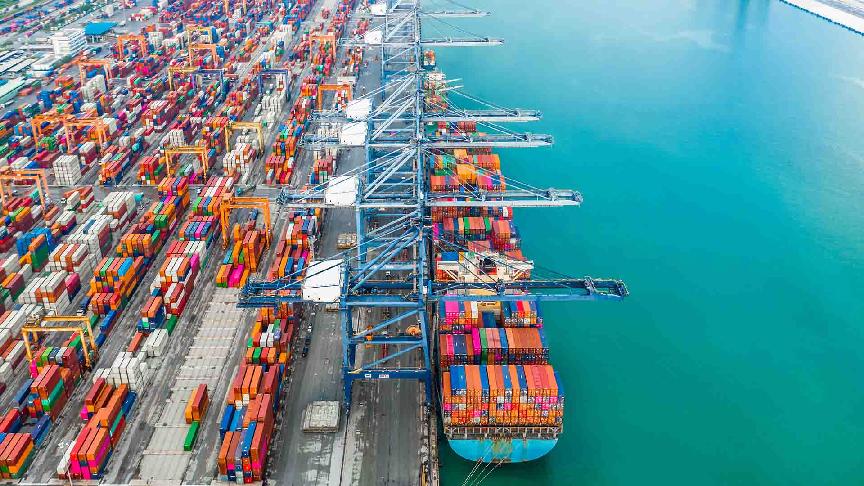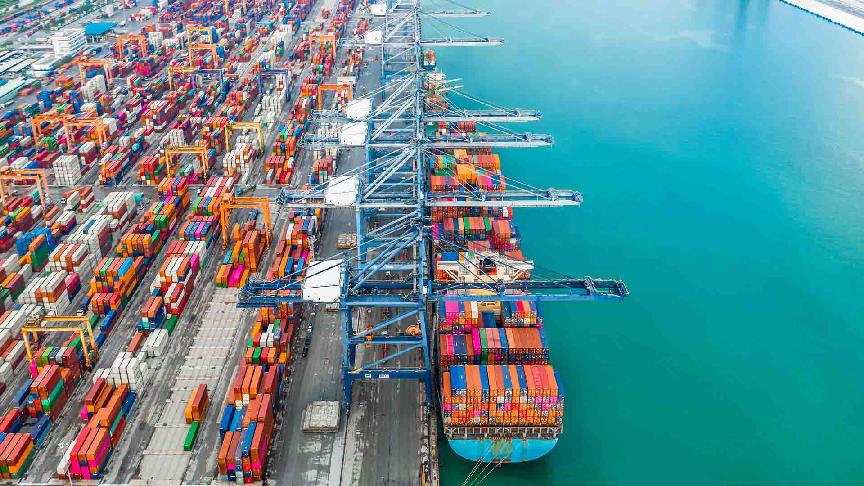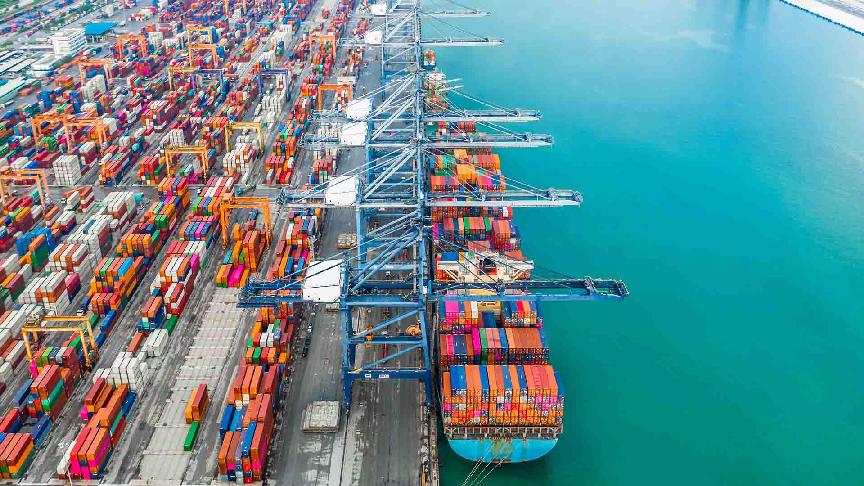Kuehne+Nagel aims to provide the most up-to-date operational information so you can make more informed decisions for your cargo. Our weekly Port Update summarises events impacting global port operations this past week and what should be considered when planning future shipments.
Operational News
Africa
South Africa
Cape Town - Durban: Waiting times at Cape Town increased significantly last week. Today’s seaexplorer data show that the 7-day average waiting time jumped from 7 days last week to 11.7 days.
The situation is similar in the Port of Durban. According to Swiss-Italian carrier MSC, berthing delays in Durban extend up to 20 days in some cases, which in turn is heavily affecting the turnaround of vessels out of South Africa. The reasons behind the congestion are a shortage of straddles within the terminal and a poor maintenance plan from the port operator, Transnet. The chart below shows the development in waiting time averages for the Port of Cape Town.
Asia
Bangladesh
Chittagong (Chattogram) - Payra: The Meteorological Department in Bangladesh requested Chittagong and Payra ports to raise their danger signal to prepare for Cyclone Hamoon. The cyclone is expected to make landfall in the next few days, but vessel movements have already been impacted due to disruption in cargo execution.
In addition to weather disruptions, local media reported that foreign-flagged vessels have been facing delays at Bangladeshi ports impacted by the country’s Flag Vessel Protection Act. According to the press, “at least five vessels of two feeder operators experienced such service disruptions” as a result.
Europe
Poland
Baltic Hub (Gdansk): The port continues to witness significant disruptions mainly caused by the yard density at the port, which reached 80%. Compared to last week, the 7-day average vessel waiting time jumped nearly four days and is estimated today at 5.6 days.
Rail and trucking services at the port have also been impacted. Maersk recently published an advisory informing customers that rail capacity at the port is decreased and trucking services are overloaded. No immediate relief is expected at this stage, especially since trucking companies plan to stage a strike in the country on 8 November.
United Kingdom
Seaforth – Grangemouth - Liverpool: Storm Babet brought high winds and heavy rainfall to the north of England, impacting operations in several ports in the UK. Operations were disrupted at the ports of Seaforth, Grangemouth and Liverpool over the weekend, but operations started to return slowly to normal after the storm subsided.
Central and Latin America
Brazil
Navegantes: Kuehne+Nagel sources revealed this week that operations at Navegantes Port resumed operations but remain severely congested, as the terminals are full of containers. Both Maersk and CMA CGM announced this week that they applied Force Majeure for some of their affected shipments by diverting them to other ports.
Itajai: The latest information confirms that the port is still closed as the government is revising the port concession to nominate a new operator. Experts believe resuming operations will need several months.
Mexico
A new tropical storm, Otis, formed on 22 October and strengthened into a hurricane yesterday, 24 October. The hurricane made landfall in the Mexican coastal city of Acapulco, bringing dangerous winds and heavy rain to the region. The Global Disaster Alert and Coordination System (GDACS) said Otis will head northwestward inland over the central-western Guerrero State before it weakens to a tropical storm. According to Kuehne+Nagel sources, ports in Mexico remain operational despite the bad weather.

North America
Canada
St. Lawrence Seaway: over 350 workers started an indefinite strike at St. Lawrence Seaway after negotiations over wages failed last week. The strikes are likely to disrupt the movement of vessels at 13 Canadian locks that facilitate access from the Atlantic Ocean to the Great Lakes of North America.
United States
Seattle/Tacoma: According to the latest operational update by Hapag-Lloyd, there is a significant shortage in the availability of railcars at the ports. The situation is impacting Union Pacific Rail and BNSF Rail, said the carrier, and is mainly caused by “the low volume of cars heading Westbound to balance the high volume going Eastbound.”
In general, vessels calling key container terminals in North America are not witnessing significant delays. The Port of Savannah has the highest 7-day average vessel waiting time among NA ports due to berth constructions.

Oceania
Australia
A local newspaper report by the Financial Review revealed that the Maritime Union of Australia extended work bans at DP World’s terminals in the ports of Sydney, Melbourne, Brisbane and Fremantle terminals until 6 November. The report mentioned that the industrial action is causing shipping delays of up to eight days and will include the loading and unloading of containers on trucks.
Other Port News
Africa
Tanzania
Dar es Salaam
Tanzania’s largest port signed a 30-year concession agreement with Dubai’s ports operator DP World. According to port officials, DP World will lease and operate four of the 12 berths. The operator will also invest more than $250m in port upgrades, with investments expected to reach $1 billion.
North America
Canada
Prince Rupert
A new project with a US$550 million investment budget is set to begin at Prince Rupert Port to expand terminal capacity and introduce rail-to-container capabilities for the transloading of various export products, a report by FleetMon reveals. Planned to start in Q3-2026, the project will include a 108-acre greenfield site on Ridley Island and will provide a capacity of 400,000 TEU for agricultural, forestry, and plastic resin products.







